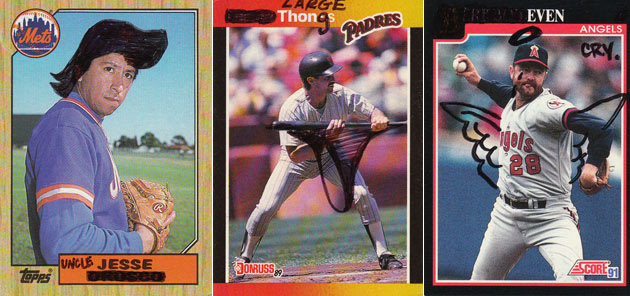- 7,416
- 1,686
- Joined
- Nov 15, 2007
Rays gonna pony up for Price now you think?
If Jennings takes the next step this year, Longoria has an MVP caliber season and Myers contributes, Rays gonns be
Yankees/Sox cellar-dwellers
If Jennings takes the next step this year, Longoria has an MVP caliber season and Myers contributes, Rays gonns be

Yankees/Sox cellar-dwellers




 .
. . Don't think the Royals did bad in the deal and it is being overblown by a lot of people.
. Don't think the Royals did bad in the deal and it is being overblown by a lot of people.